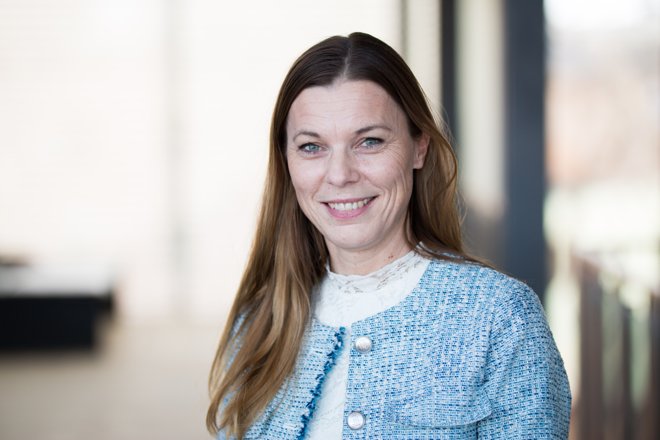She creates pharmaceuticals on a 3D printer
Some pharmaceuticals need to be fine-tuned according to individual needs in terms of dosage, not least highly potent drugs such as cytostatics or pain-relieving mixtures.
“Sometimes a child may only need 2% of a tablet, which is a tiny fraction to be taken out of a crushed tablet. Getting that dose correct so that it constitutes a safe treatment is a very tricky job,” says Christel Bergström, Professor of Molecular Galenic Pharmacy at Uppsala University.
If you load the ingredients into a 3D printer instead, configure the correct settings and then print an individually adapted pharmaceutical, for example, a mini tablet for a small child, you will solve many problems.
Such a printer could be placed, e.g. in a hospital pharmacy, but Christel Bergström believes that the method could have much broader applicability in the long run.
“A few years from now, the printer may be placed in the patient’s home and print pharmaceuticals there,” she says.
Christel Bergström and her colleagues at the Department of Pharmacy have developed a unique tool to be able to study how drugs are taken up in the body: a virtual intestinal environment. They are thus able to “test drive” drugs and test them against, e.g. various bile secretion patterns and acidity levels.
“We have created this intestine to be able to study the influence of the environment on the solubility of drugs and to be able to see how the formulation behaves together with the components that are naturally present in the intestine.”
On 15 December, Christel Bergström will participate in the New Horizons in Biologics and Bioprocessing conference. Where, among other things, she will talk about methods and excipients that can be used to get biological drugs with large molecules to be absorbed via the intestinal mucosa.
“Among other things, we will examine how excipients interact with the intestinal juice and to what extent we can link the great variability that is often seen in the absorption of biological drugs to differences in the bile composition.”
Facts: New Horizons
Christel Bergström will speak at the New Horizons in Biologics and Bioprocessing conference, which is organised by Life Science Sweden on 15 December at the Stockholm Waterfront Congress Centre in Stockholm. Read more at bioprocessing.se.
Se mer om eventet Artikeln är en del av vårt tema om News in English.

 Av
Av 